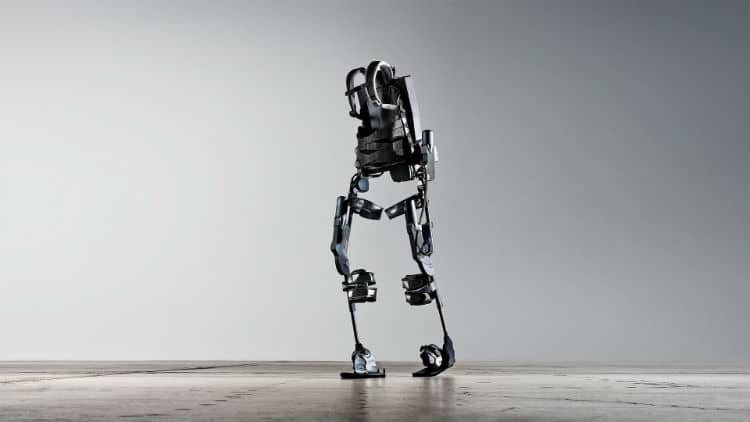Stroke is the leading cause of serious long-term disability in the US. Approximately 17 million Americans experience stroke each year, and more than 1 million survivors sustain functional limitations in activities of daily living as a result of stroke. More than 50% of stroke survivors have long-term walking impairment due to hemiplegia or hemiparesis. Impaired ambulation due to hemiplegia or hemiparesis is associated with increased fall risk, limited community participation, and an overall decreased quality of life.
Post-stroke, the long-term goal of rehabilitation is successful reintegration into the community, with recovery of walking ability as a key functional objective. This recovery of function is achieved with progressive, task-specific, repetitive training based on the principles of motor learning and neuroplasticity. Targeted rehabilitation can help to reorganize the brain to relearn skills that may have been lost during, or as a consequence of, stroke, with the goal of helping survivors regain their independence. Rehabilitation goals may include coordinating leg movements, shifting weight to walk, or balancing during sit-to-stand transfers.
Functional Improvements
Advances in technology are revolutionizing the rehabilitation process. Robotic exoskeletons used during stroke rehabilitation assist with ambulation during the recovery process by providing earlier mobility and restored independence. Exoskeletons may enhance post-stroke gait training, helping to guide weight shifts and improve step patterns and cadence and enabling individuals to stand and walk over ground early in the recovery process.
For gait rehabilitation after stroke, the technology applications typically include a wearable device such as a robotic exoskeleton, dermoskeleton, or soft suit exoskeleton, with anatomically aligned motors to provide assistance during ambulation. Understanding the control properties of these devices is essential to facilitate each individual’s rehabilitation goals through targeted progression to maximize recovery of function. A key part of the rehabilitation process is therapy progression, and exoskeleton technology provides options to encourage progress and document improvements. The device chosen should have options for asymmetrical control of the lower limbs and facilitate pre-gait training, transfers, stepping, and balance training.
In 2014, at Kessler Foundation, we started investigating the use of robotic exoskeleton technology for early intervention gait therapy during inpatient stroke rehabilitation. The software control properties of the device we chose were uniquely suited for post-stroke gait with hemiplegia because the therapist was able to provide variable amounts of assistance to the impaired versus the less impaired limb. Our first goal was to understand the safety, feasibility, and initial efficacy of using this type of robotic device to retrain over-ground walking. This early research investigation demonstrated the initial utility of exoskeleton technology for gait retraining after stroke, which resulted in the first robotic exoskeleton (EksoGT – Ekso Bionics) receiving FDA approval for stroke rehabilitation.
Additional Benefits
While functional improvement is a primary goal of stroke rehabilitation, exoskeleton devices also have the potential to empower and motivate patients. Initial gait training sessions in the exoskeleton often include meaningful walking time, which can improve patient morale, motivation, and enthusiasm. Through our research using exoskeleton devices, we have also seen increased steps per session, improved gait symmetry and balance, and improvements in functional independence throughout patients’ stays in inpatient rehabilitation.
As we move forward in rehabilitation medicine, we must carefully evaluate the efficacy of exoskeleton technology. Each exoskeleton device acts to assist and control differently, and clinicians will have to determine whether this approach is feasible and which type of exoskeleton is appropriate for each patient’s rehabilitation goals. Researchers should work together with rehabilitation clinicians to carefully evaluate the appropriateness of available technologies for various diagnoses and in different environments (eg, home vs clinical setting). The ultimate goal should always be to maximize recovery of function to support the patient’s ability to maintain independence at home and in the community.



 PhysWeekly
PhysWeekly